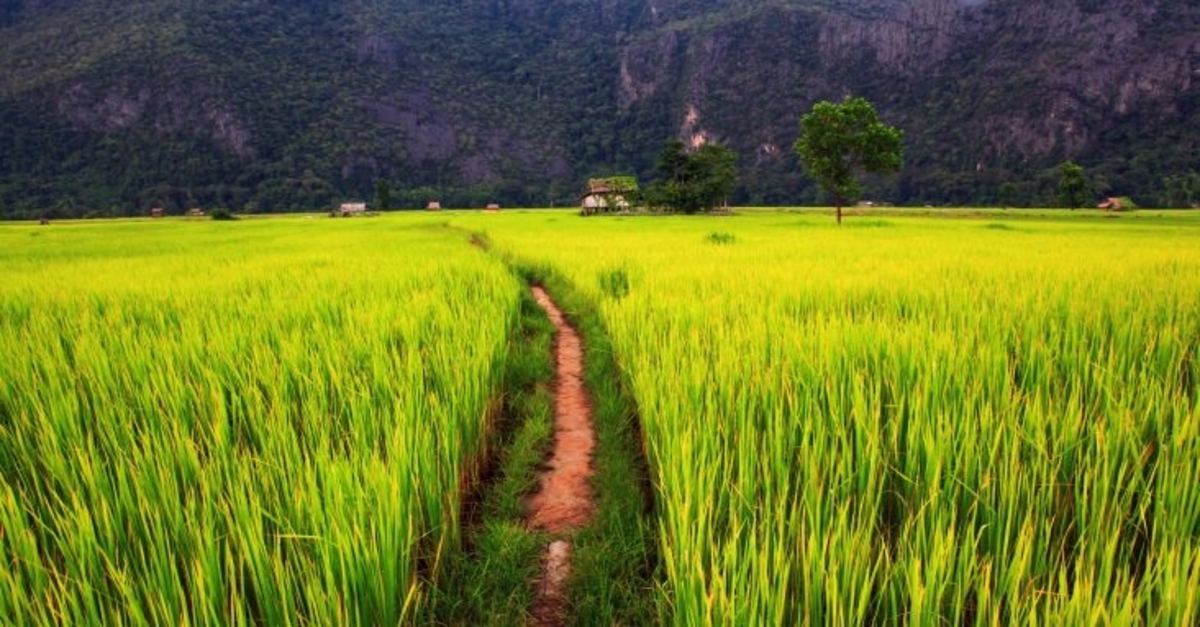Chinese premier Li Keqiang has approved an order for 20,000 tonnes of genuine organic rice to be delivered to China from Laos.
During a meeting with Khong district authorities in Champassak last week, Prime Minister Thongloun Sisoulith informed officials that although the Chinese prime minister had mentioned that 20,000 tonnes of rice is a significantly small quantity for China, Lao officials and farmers will have to work hard to produce this amount of organic rice for shipment.
“Laos will need to deliver 20,000 tonnes of genuine organic rice to China. The shipment must not contain non organic rice,” Prime Minister Thongloun stated.
4,000 tonnes of sticky rice and non glutinous rice have already been delivered to China, and though the order was originally only for 8,000 tonnes, China has increased its shipment to 20,000 tonnes.
According to the Ministry of Agriculture and Forestry, as of October of last year the only rice mill that was able to produce rice of sufficient quality to meet the standard required by Chinese buyers, was IDP Rice Mill in Savannakhet province.
Although rice mills in Laos are abundant and produce good quality rice, most are inefficient and fail to meet international exporting standards. Rice mills must maintain high standards if they hope to export large amounts of rice internationally. Mills that use low quality methods will need to improve their operations and the machinery they use. Based on a nationwide survey, only the IDP Rice Mill has been able to meet Chinese standards.
In an effort to increase crop yields for food security and commercial gain, the government is continuing to build more irrigation systems using its own budget and low-interest loans. Higher yields are helping to contribute significantly to socio-economic development and poverty reduction.
More than 778,000 hectares of wet season rice and over 126,600 hectares of dry season rice are grown annually in Laos.
However, about 226,000 hectares of rice fields in flatland areas are totally dependent on rainfall because irrigation channels have not yet been built in those areas.
Lao grown rice is favored in China due to its pure white grains, softness and the pleasant aroma.



